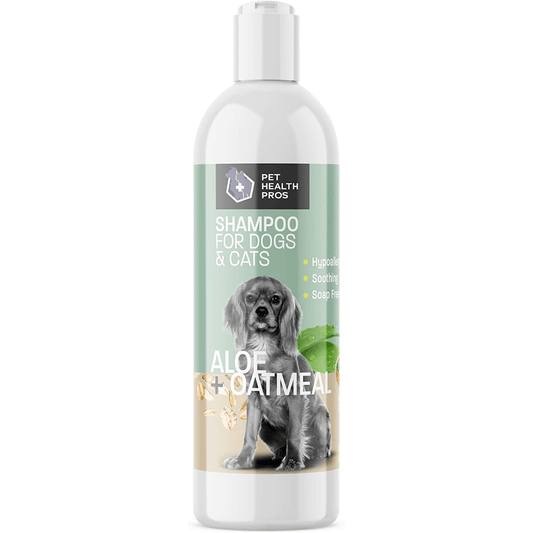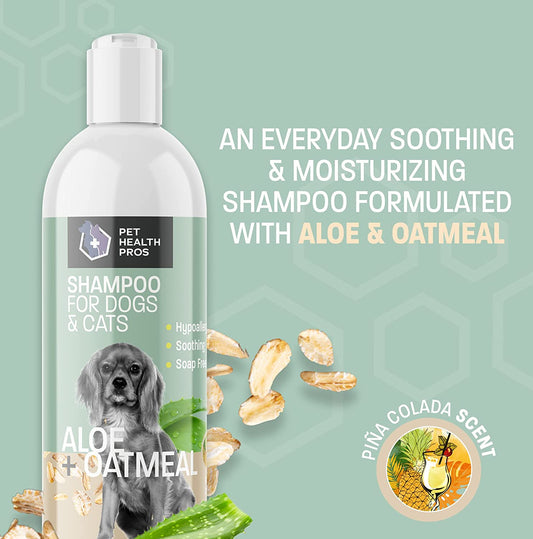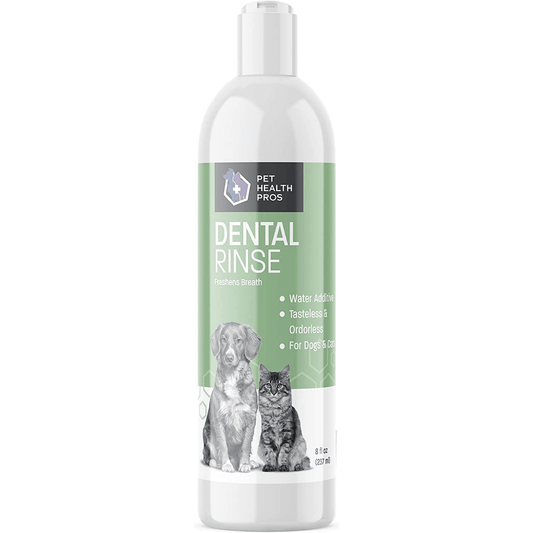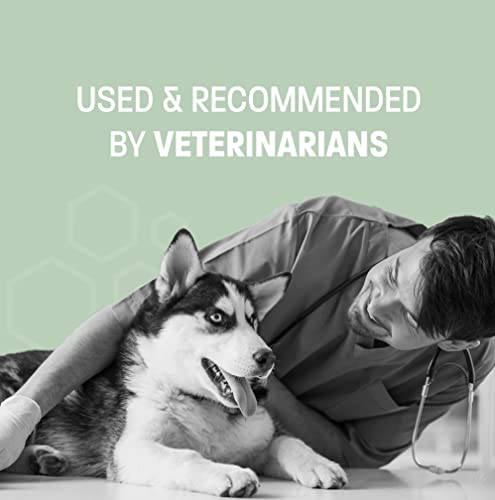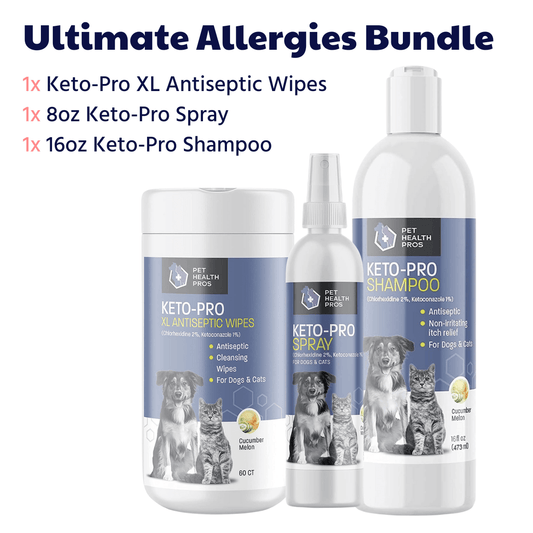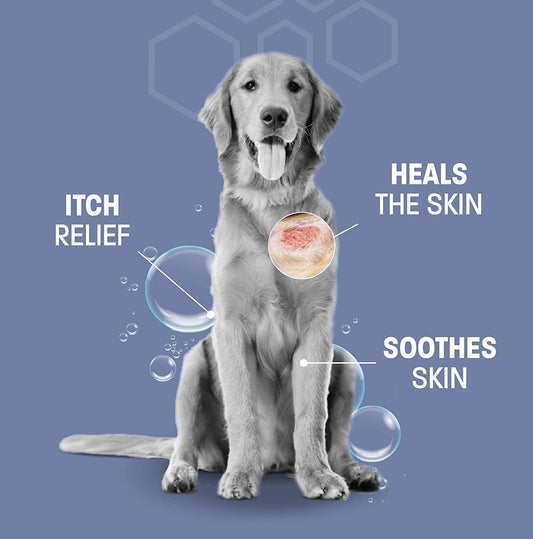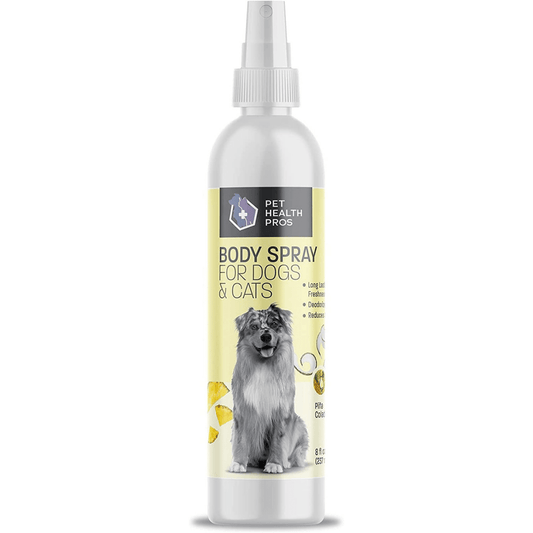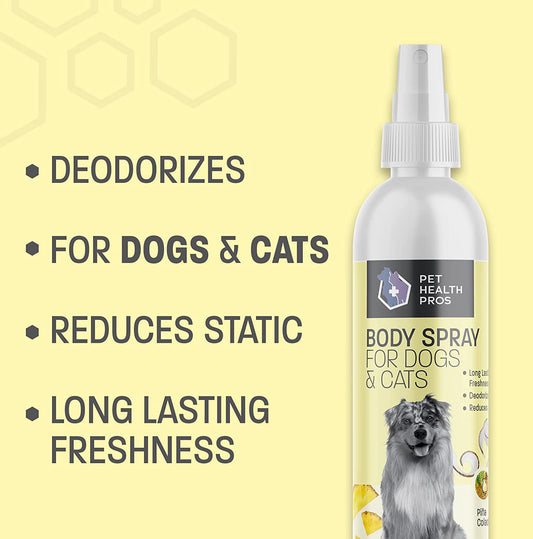Dogs love to chew on things, and sometimes it can be frustrating for their owners. Chewing is a natural behavior for dogs, but when it leads to destroyed furniture or shoes, it’s time to take action. One effective way to discourage this behavior is by using a spray to keep dogs from chewing. In this article, we will explore why dogs chew, how to choose the right spray, and additional tips to keep your belongings safe.
Key Takeaways
- Chewing is a natural instinct for dogs and can be due to teething, boredom, or anxiety.
- When selecting a spray, check the ingredients for safety and effectiveness.
- Apply the spray consistently and follow the recommended techniques for best results.
- Training your dog with positive reinforcement can help reduce chewing habits.
- Providing chew toys and regular exercise can keep your dog engaged and less likely to chew on your belongings.
Understanding Why Dogs Chew
Dogs chew for various reasons, and understanding these can help you manage their behavior effectively. Chewing is a natural instinct for dogs, and it can stem from several factors:
Natural Instincts and Behavior
- Exploration: Dogs use their mouths to explore the world around them.
- Hunting: Chewing mimics the actions of hunting and capturing prey.
- Social Interaction: Puppies often chew on each other during play, which is a normal part of their development.
Teething and Comfort
- Teething: Puppies go through a teething phase, which can cause discomfort. Chewing helps relieve this pain.
- Comfort: Chewing can provide a sense of security and comfort, especially in stressful situations.
Boredom and Anxiety
- Boredom: Dogs that lack physical and mental stimulation may resort to chewing as a way to entertain themselves.
- Anxiety: Stressful situations, such as being left alone, can lead to destructive chewing behavior.
Understanding the reasons behind your dog's chewing habits is crucial. Addressing these root causes can lead to healthier habits and a happier pet.
By recognizing these factors, you can better address your dog's chewing behavior and implement effective solutions, such as using a no-chew spray. This spray can help deter them from chewing on furniture and other items, while also encouraging the use of appropriate chew toys. Remember, providing proper toys and mental stimulation is key to promoting healthier habits.
Choosing the Right Spray to Keep Dogs from Chewing
When it comes to protecting your belongings from your dog's chewing habits, selecting the right spray is crucial. Not all sprays are created equal, and understanding what to look for can make a significant difference in effectiveness.
Ingredients to Look For
- Bittering agents: These are essential as they create an unpleasant taste that discourages chewing.
- Natural ingredients: Opt for sprays that use safe, non-toxic components to ensure your pet's health.
- Essential oils: Some sprays incorporate essential oils that can repel dogs while being safe for humans.
Safety Considerations
- Always check for pet-safe labels to ensure the spray won't harm your dog.
- Avoid sprays with harsh chemicals that could irritate your dog's skin or respiratory system.
- Read reviews from other pet owners to gauge the safety and effectiveness of the product.
Effectiveness and Reviews
- Look for sprays with high ratings and positive feedback from users.
- Consider the application frequency; some sprays may require more frequent use than others.
- Trial and error may be necessary to find the best fit for your dog, as different dogs may react differently to various sprays.
Choosing the right spray is not just about preventing chewing; it’s about ensuring a safe and healthy environment for your pet.
By understanding these key factors, you can make an informed decision that helps protect your belongings while keeping your dog safe and happy. Remember, the right spray can be a game-changer in maintaining a chew-free home!
How to Apply the Spray Effectively
Preparing the Area
Before applying the spray, it’s important to prepare the area where your dog tends to chew. Here are some steps to follow:
- Clear the space of any items that you don’t want to be damaged.
- Ensure the area is clean and dry for better spray adhesion.
- Identify the specific spots where your dog usually chews.
Application Techniques
When applying the spray, consider these techniques to maximize effectiveness:
- Hold the spray bottle about 6-12 inches away from the surface.
- Spray evenly over the targeted area, ensuring full coverage.
- Avoid soaking the area; a light mist is usually sufficient.
Frequency of Use
To achieve the best results, follow these guidelines for frequency:
- Apply the spray daily for the first week.
- After the initial week, reduce to every other day.
- Reapply after cleaning the area or if the scent fades.
Remember, using the spray alone may not stop your dog from chewing. It’s essential to address any underlying issues like boredom or anxiety.
By following these steps, you can effectively use the spray to help stop your dog from chewing and protect your belongings!
Training Your Dog Alongside Using the Spray
When using a spray to deter your dog from chewing, it’s important to combine it with proper training techniques. Training helps reinforce good behavior and makes the spray more effective. Here are some key strategies:
Positive Reinforcement Techniques
- Reward good behavior: Whenever your dog chooses not to chew on something they shouldn’t, give them a treat or praise.
- Use clicker training: A clicker can help mark the exact moment your dog does something right, making it easier for them to understand what you want.
- Redirect their attention: If you catch your dog chewing on furniture, redirect them to a chew toy and reward them for using it instead.
Consistency and Patience
- Be consistent: Use the spray every time your dog chews on something inappropriate. This helps them learn that certain items are off-limits.
- Stay patient: Training takes time. Don’t expect immediate results; keep working with your dog regularly.
- Involve everyone: Make sure all family members use the same commands and techniques to avoid confusing your dog.
Monitoring Progress
- Keep a log: Track your dog’s chewing habits to see if there’s improvement over time.
- Adjust as needed: If your dog continues to chew despite using the spray, consider changing your approach or consulting a professional trainer.
- Celebrate milestones: Acknowledge and reward your dog’s progress, no matter how small.
Training your dog is a journey that requires dedication and love. By combining training with the spray, you can create a more effective solution to keep your belongings safe.
In summary, using a spray to prevent chewing is most effective when paired with training. By focusing on positive reinforcement, being consistent, and monitoring your dog’s progress, you can help them learn what is acceptable to chew on. Remember, patience is key!
Alternative Solutions to Prevent Chewing
Chew Toys and Distractions
Providing your dog with appropriate chew toys can significantly reduce their urge to chew on your belongings. Here are some effective options:
- Rubber toys: Durable and can be filled with treats.
- Rawhide bones: Popular but should be given in moderation.
- Interactive toys: Engage your dog mentally and physically.
Regular Exercise and Mental Stimulation
A well-exercised dog is less likely to chew destructively. Make sure to incorporate:
- Daily walks or runs.
- Playtime with other dogs.
- Puzzle games that challenge their mind.
Professional Training Options
If your dog continues to chew despite your efforts, consider seeking help from a professional trainer. They can provide tailored strategies to address your dog's specific needs.
Remember, finding the right balance of activities and distractions is key to preventing unwanted chewing.
In addition to these methods, exploring alternatives to no chew sprays can also be beneficial. Options like bitter apple sprays, chew-proof toys, and sound deterrents have their own pros and cons. It's important to find suitable solutions that work for your pet's behavior.
Maintaining a Chew-Free Home Environment
Keeping your home safe from your dog's chewing habits is essential for protecting your belongings. Here are some effective strategies to maintain a chew-free environment:
Regular Cleaning and Maintenance
- Clean up any messes quickly to avoid attracting your dog to certain areas.
- Regularly check for items that may be tempting for your dog to chew, such as shoes or cords.
- Use pet-safe cleaning products to ensure your dog's safety while maintaining cleanliness.
Securing Valuables and Cords
- Store valuable items out of reach, especially those that are easily chewable.
- Use cord protectors to cover electrical cords and prevent chewing accidents.
- Consider using baby gates to restrict access to certain areas of your home.
Creating a Safe Space for Your Dog
- Designate a specific area for your dog with their toys and comfortable bedding.
- Ensure this space is free from items that could be harmful if chewed.
- Provide plenty of chew toys to keep your dog entertained and distracted from your belongings.
By implementing these strategies, you can create a safer environment for both your dog and your belongings, reducing the chances of unwanted chewing.
Keeping your home free from chewing can be a challenge, but it’s important for your pet’s health and your peace of mind. Start by removing tempting items and providing safe chew toys. Regularly check your home for anything that could be harmful if chewed. For more tips and products to help maintain a chew-free environment, visit our website!
Final Thoughts on Keeping Your Belongings Safe
In conclusion, using a spray to deter your dog from chewing can be a simple yet effective solution to protect your belongings. By choosing a product that is safe and suitable for your pet, you can help teach them what is okay to chew and what isn’t. Remember, consistency is key! Regularly applying the spray and reinforcing positive behavior will lead to better results. With a little patience and the right tools, you can keep your home safe from unwanted chewing and ensure your furry friend stays happy and healthy.
Frequently Asked Questions
Why do dogs chew on things?
Dogs chew for many reasons. It’s a natural behavior for them. They might chew to relieve boredom, anxiety, or even just because they are teething.
What ingredients should I avoid in a spray?
Look out for sprays with harmful chemicals or strong scents. It's best to choose products that are safe for pets and made with natural ingredients.
How often should I apply the spray?
You should apply the spray regularly, especially in areas where your dog tends to chew. Check the product instructions for specific guidance.
Can I use the spray on furniture and carpets?
Yes, but make sure to test a small area first to ensure it doesn’t damage the material. Always follow the instructions on the label.
Is it safe to use spray around my kids?
Most sprays are safe, but it's best to keep your kids away from areas where you’ve just applied the spray until it dries.
What else can I do to stop my dog from chewing?
In addition to spray, you can provide chew toys, keep your dog active with exercise, and consider professional training if needed.


